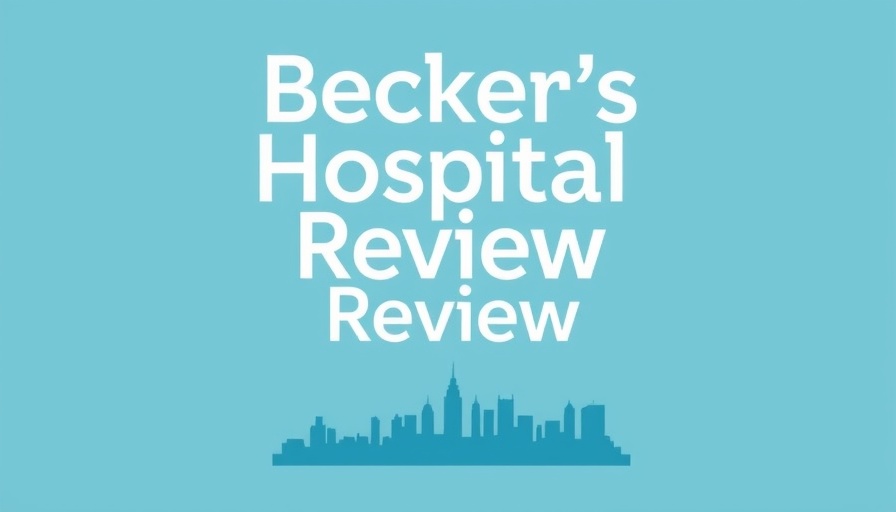
Dayton Hospitals Rally Support Amid Cyber Crisis
In a show of solidarity during a challenging time, hospitals across the Dayton, Ohio region are working together to support Kettering Health following a significant cybersecurity incident. This disruption, which occurred on May 20, has impacted Kettering's electronic systems and forced the health system to cancel elective inpatient and outpatient procedures.
Coordinated Community Response
The Greater Dayton Area Hospital Association released a statement on May 21, announcing its member hospitals' coordinated efforts to ensure continued access to patient care. Unaffected facilities are ramping up staffing levels to accommodate the increased demand resulting from the incident.
As Kettering Health handles this crisis, local hospitals have stepped in to ensure that patient needs are met, showcasing the strength and resilience of the healthcare community. This collaborative response underscores the importance of local partnerships in addressing public health challenges.
Heightened Alerts for Patients
Alongside logistical efforts, the Kettering Health system has issued a warning about potential scam calls targeting patients. Reports have surfaced of individuals impersonating hospital team members and unlawfully requesting credit card payments. In light of these risks, Kettering has temporarily paused all phone-based billing communications, urging patients to remain vigilant and report suspicious activities to local authorities.
Utilizing Technology for Enhanced Care
In response to the crisis, emergency medical services throughout the region are receiving updates via a statewide EMS platform, providing vital information that informs patient transport decisions during this outage. By employing technology more effectively, Kettering Health ensures that patient safety remains the highest priority.
Future Outlook and Preparedness
As aftershocks of the ransomware attack continue to impact Kettering Health, the health system has emphasized its commitment to patient safety. In a May 21 update, they reported that crucial procedures are being evaluated on a case-by-case basis through collective decision-making within care teams. It was also reassured that personal cell phone applications, including MyChart, remain secure and unaffected by the attack.
Experts in healthcare automation highlight that this incident serves as a critical reminder of the need for robust cybersecurity measures within medical facilities. Investments in healthcare automation and data protection technologies not only safeguard patient information but can also streamline operations. For independent providers, ensuring robust systems are in place to avoid disruptions can lead to greater practice efficiency and patient trust.
Understanding the Broader Implications
The effects of this cybersecurity breach extend beyond just Kettering Health. Community trust in local healthcare systems relies heavily on the assurance that patient information is secure and that care won't be interrupted. During times of crisis, patients must feel confident that their healthcare providers can manage unexpected challenges while continuing to deliver high-quality services.
Actionable Insights for Healthcare Providers
As healthcare providers navigate through these turbulent waters, it’s crucial to prioritize employee health benefits and staff retention strategies. As the healthcare landscape evolves, exploring options like remote therapeutic monitoring and practice revenue optimization can help build resilience against such incidents in the future.
Investing in healthcare business tools, such as AI phone agents and missed call automation, can enhance patient engagement and streamline workflow processes, contributing to greater satisfaction among both patients and providers.
Final Thoughts
In the wake of the Kettering Health cyberattack, the efforts of Dayton hospitals showcase the resilience and dedication of healthcare professionals in safeguarding community health. By working together, they are not only addressing immediate challenges but also building a foundation for a stronger healthcare system moving forward.
This incident serves as a pivotal reminder that proactive measures, including ongoing education about healthcare compliance, can empower providers and improve patient outcomes. As technology plays an increasingly important role in all aspects of care, implementations that prioritize security and efficiency are essential.
If you are part of the healthcare community, consider exploring the benefits of practice automation and integrating effective patient engagement tools for long-term success.
 Add Row
Add Row  Add
Add 




Write A Comment